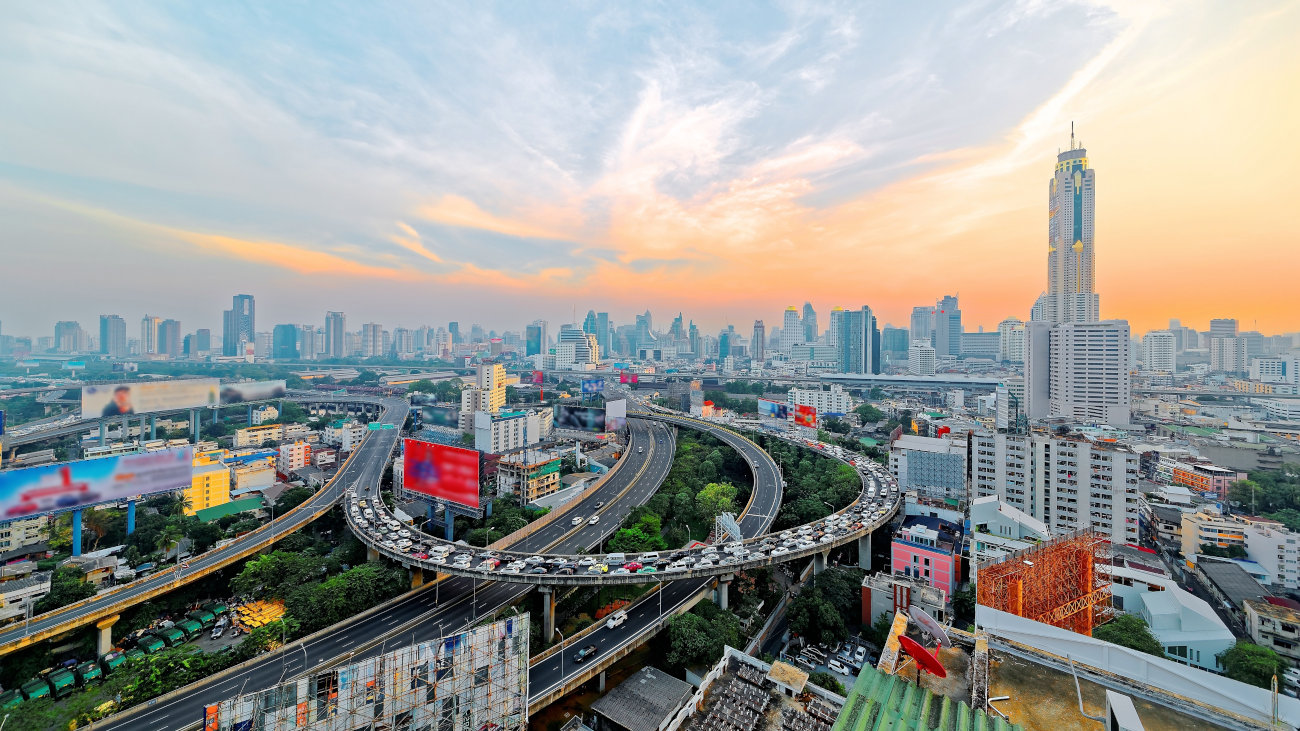Unlocking capital for development in ASEAN
Infrastructure is essential for connecting our economies, improving our daily lives, and delivering socio-economic benefits.
In ASEAN, insufficient investment in project preparation and planning means there is a lack of shovel-ready infrastructure projects, potentially hindering economic growth.
Implementing proven global strategies, such as government-funded incubator programmes and grants, can transition infrastructure developments from early-stage concepts to projects ready for capital investment.
ASEAN is a dynamic and diverse group of countries with immense potential for economic growth and development. It has emerged as one of the fastest growing economic regions in the world. This impressive growth is driven by the region's demographics, with a youthful and increasingly tech-savvy population, and its strategic focus on innovation and inclusivity. David Boyland, managing director for Mott MacDonald in Asia, explores why robust infrastructure is essential for sustainable growth in the rapidly evolving landscape of ASEAN.

One potentially significant inhibitor to economic growth in ASEAN is the shortage of shovel-ready infrastructure projects due to insufficient development capital. These projects are technically and economically feasible, have optimised designs, obtained all necessary approvals and licenses, and are ready to start construction and create jobs.
While there is no lack of investment capital for projects that are ready to break ground, the bottleneck lies in the early stages of project development. Unlocking capital for project creation and development can open vast opportunities in ASEAN's project pipeline, drawing on successful UK government programmes as a model.
Project preparation and planning
With a rapidly growing economy and population of over 680 million people, ASEAN remains an attractive destination for business. The region's economies are among the fastest growing in the world, driven by urbanisation and key sectors such as transportation, digital infrastructure, energy, and urban development.
Despite this growth, the region's infrastructural development has not fully kept pace with its economic expansion. A major challenge in developing a strong pipeline of project in ASEAN is the lack of investment in project preparation and planning. Adequate preparation and planning allow project developers and sponsors to more effectively lead project concept development and design optimisation through feasibility. Consequently, lack of preparation and planning potentially leads to a shortage of viable infrastructure projects ready for construction. Enhancing project readiness is essential, ensuring efficient use of resources while also maximising the socio-economic value.
Making projects investment ready
ASEAN can learn a lot from other nations, adopting proven strategies to unlock unprecedented opportunities for innovation and economic growth. The UK, for example, has a long history of fostering innovation, supporting the development of projects through rigorous planning, design and preparation phases, and delivering enhanced project outcomes.
Strategies worthwhile exploring include:
- De-risking new technologies and innovations
Establishing early adopter and demonstration projects can showcase the viability and benefits of new technologies. By providing guarantees or insurance for these projects, governments can reduce the perceived risk for investors, making it easier to secure development capital. This approach can help move innovative projects from the conceptual stage to the shovel-ready stage. - Government involvement
Government involvement is crucial in bridging the gap in early-stage project development. ASEAN governments can streamline regulatory processes, supporting feasibility studies, environmental assessments, and securing necessary approvals. Additionally, growing the number of public-private partnerships (PPPs) can leverage public sector support alongside private sector efficiency and expertise, ensuring projects are effectively developed and implemented. - Funding mechanisms
Dedicated government funds, grants and low-interest loans can provide the necessary financial support to bring projects to a shovel-ready state. - Industrial funding
Establishing robust funding mechanisms is essential to ensure revenue is bankable and projects are financially viable. Using green finance and green bonds can act as enablers while contracts for difference and capacity markets can foster competition and ensure cost-effective project delivery. - Encouraging design-based competitions
Design-based competitions that focus on solving specific challenges through genuine projects, with well-respected monitoring officers overseeing the process, can promote innovation. This approach ensures that new ideas and technologies are not locked out by price-based mechanisms.
The implementation of these key initiatives has enabled infrastructure developments in the UK to transition smoothly from early-stage ideas into viable, investment ready projects. ASEAN could benefit from exploring these too. Funded by development banks and financial institutions, this would provide the necessary resources to support early-stage project development and advance projects to a shovel-ready state. There’s also potential to stimulate creativity and efficiency in project design, ultimately leading to more robust and sustainable infrastructure solutions.
Conclusion
Unlocking capital for development in ASEAN is not just about funding; it's about creating a sustainable pipeline of projects that drive innovation, economic growth and regional connectivity. Investing in early-stage project development will be crucial to unlocking the full potential of the infrastructure landscape. To do so, ASEAN should look to adapt the UK's successful incubator models, fostering a pipeline of shovel-ready projects, enhancing connectivity and productivity, and making the region more attractive for investment.
Subscribe for exclusive updates
Receive our expert insights on issues that transform business, increase sustainability and improve lives.




